CULTURE AND SENSITIVITY (AUTOMATED) - URINE
- 1120
CULTURE AND SENSITIVITY (CONVENTIONAL) - URINE
- 800
BLOOD CULTURE AND SENSITIVITY (AUTOMATED)
- 1240
SMEAR FOR AFB / ZIEHL - NEELSEN STAIN - SPUTUM
- 380
CULTURE AND SENSITIVITY (AUTOMATED) - STOOL
- 1120
GRAM STAINING - SPUTUM
- 380
CULTURE AND SENSITIVITY (CONVENTIONAL) - SPUTUM
- 800
CULTURE AND SENSITIVITY (AUTOMATED) - SEMEN
- 1120
SPUTUM FOR AFB (DAY 3)
- 380
AEROBIC BACTERIA IDENTIFICATION (AUTOMATED) - ISOLATED CULTURE
- 960
ANAEROBIC CULTURE - BRONCHIAL WASHINGS
- 1000
ANAEROBIC CULTURE - CSF
- 1000
AIR SAMPLE SCREENING
- 480
ANAEROBIC BACTERIA IDENTIFICATION (AUTOMATED) - ISOLATED CULTURE
- 680
ANAEROBIC CULTURE - ASPIRATED BODY FLUIDS
- 1000
ANAEROBIC CULTURE - PUS
- 1000
ANAEROBIC CULTURE - SUPRA PUBIC ASPIRATE
- 1000
ANAEROBIC CULTURE - TISSUE
- 1000
ANAEROBIC CULTURE - WHOLE BLOOD
- 1000
What is Microbiology?
Microbiology is the branch of science that deals with the study of microorganisms—tiny, often invisible life forms such as bacteria, viruses, fungi, protozoa, and algae. These organisms are microscopic, meaning they can only be seen under a microscope, and they exist in virtually every environment on Earth—from the deepest oceans to the human body. Despite their size, microorganisms have a vast impact on our health, environment, food systems, and industries.
Microbiology plays a crucial role in medicine, agriculture, biotechnology, and environmental science. It helps us understand infectious diseases, discover antibiotics and vaccines, develop fermentation processes, and even recycle waste materials.
Definition of Microbiology
Microbiology is defined as:
The scientific study of microorganisms, including their structure, function, classification, genetics, and interactions with humans, animals, plants, and the environment.
Microbiology encompasses both basic science (studying how microbes work) and applied science (using microbes in medicine, industry, and research).
History and Evolution of Microbiology
Microbiology began in the 17th century with the invention of the microscope by Antonie van Leeuwenhoek, who first observed “animalcules” (microbes) in pond water. Later milestones included:
Louis Pasteur: Proved that microbes cause disease and fermentation; developed pasteurization.
Robert Koch: Discovered the causative agents of tuberculosis, anthrax, and cholera; established Koch’s postulates.
Alexander Fleming: Discovered penicillin, the first antibiotic.
Over the centuries, microbiology has expanded with molecular biology, genomics, and biotechnology, leading to new insights and innovations.
Types of Microbiology
Microbiology is a vast field, divided into several sub-disciplines based on the type of microorganism studied or the area of application. Below are the major types:
1. Bacteriology
Definition: Study of bacteria—the most abundant and diverse group of microorganisms.
Focus: Bacterial classification, structure, metabolism, genetics, and diseases.
Applications: Diagnosis of bacterial infections (e.g., tuberculosis, pneumonia), antibiotic development, industrial fermentation (e.g., yogurt, vinegar).
2. Virology
Definition: Study of viruses and viral diseases.
Focus: Viral structure, replication, mutation, immunity, and vaccines.
Applications: Development of vaccines (e.g., for influenza, COVID-19), gene therapy, antiviral drugs, and studying emerging viral infections like Ebola and Zika.
3. Mycology
Definition: Study of fungi, including yeasts and molds.
Focus: Fungal biology, reproduction, and diseases (mycoses).
Applications: Production of antibiotics (like penicillin), fermentation (e.g., bread, alcohol), and treatment of fungal infections like candidiasis and athlete's foot.
4. Parasitology
Definition: Study of parasites and their interactions with host organisms.
Focus: Protozoa and helminths that cause diseases.
Applications: Diagnosing parasitic infections like malaria, amoebiasis, and helminthiasis, especially in tropical regions.
5. Immunology
Definition: Study of the immune system and how it responds to pathogens.
Focus: Antigen-antibody interactions, immune cells, vaccines, and immunotherapies.
Applications: Vaccine development, allergy treatment, organ transplantation, and autoimmune disease research.
6. Microbial Genetics
Definition: Study of genetic material in microorganisms.
Focus: DNA replication, mutation, gene expression, and gene transfer.
Applications: Genetic engineering, antibiotic resistance, CRISPR technology, and synthetic biology.
7. Environmental Microbiology
Definition: Study of microbes in natural environments.
Focus: Microbial roles in nutrient cycles, waste decomposition, and bioremediation.
Applications: Cleaning oil spills, wastewater treatment, biofertilizers, and climate change research.
8. Industrial Microbiology
Definition: Application of microbes in industrial processes.
Focus: Large-scale production of products using microorganisms.
Applications: Making alcohol, organic acids, enzymes, vitamins, and biofuels.
9. Food Microbiology
Definition: Study of microorganisms in food production and spoilage.
Focus: Fermentation, foodborne illnesses, preservation techniques.
Applications: Safe food processing, quality control, and development of probiotics.
10. Medical Microbiology
Definition: Study of microbes that cause human diseases.
Focus: Identification, diagnosis, and treatment of infectious diseases.
Applications: Hospital infection control, antimicrobial stewardship, vaccine development.
Why Microbiology is Important
Microbiology is not just about studying “germs”—it is a key pillar of science and public health. Here’s why microbiology matters in various domains:
1. Healthcare and Medicine
Microbiology is central to diagnosing and treating diseases caused by microbes. Through laboratory tests, doctors identify bacteria, viruses, and fungi responsible for illnesses. It also helps in:
Discovering and developing antibiotics, antivirals, and vaccines.
Monitoring antimicrobial resistance, a growing global health concern.
Implementing infection control in hospitals and clinics.
Advancing immunotherapy and vaccine research, such as in the case of COVID-19.
2. Pharmaceutical and Biotechnology Industries
Pharmaceutical companies use microbes in research and production:
Microbes produce important drugs, enzymes, and recombinant proteins like insulin.
Genetically modified microbes are used in synthetic biology and gene editing.
Microbiology supports biopharmaceutical quality control to ensure product safety.
3. Agriculture and Food Security
Microbiology contributes to sustainable agriculture by:
Developing biofertilizers and biopesticides that reduce chemical use.
Enhancing soil health through nitrogen-fixing bacteria.
Preventing plant diseases caused by fungi, bacteria, and viruses.
Ensuring safe food production by detecting foodborne pathogens like Salmonella and E. coli.
4. Environmental Protection
Microorganisms help maintain ecosystem balance by:
Decomposing waste and organic matter.
Participating in biogeochemical cycles (carbon, nitrogen, sulfur).
Supporting bioremediation—using microbes to clean polluted sites.
Monitoring water quality and treating sewage in wastewater plants.
5. Industrial Applications
Microbes are workhorses in various industries:
Used in fermentation to produce bread, beer, cheese, and yogurt.
Enable production of biofuels (ethanol, biodiesel) from renewable sources.
Used in bioplastic production as an eco-friendly alternatives.
Aid in enzyme production for detergents, food processing, and textiles.
6. Research and Innovation
Microbiology underpins many scientific breakthroughs:
CRISPR-Cas9, a gene-editing tool, originated from bacterial immune systems.
Microbes are used in synthetic biology to design new biological systems.
Studying extremophiles (microbes that live in extreme environments) may help us understand life beyond Earth.
7. Public Health and Epidemiology
Microbiology is essential in tracking and controlling disease outbreaks:
Identifies epidemic and pandemic pathogens (e.g., COVID-19, H1N1).
Supports contact tracing and surveillance systems.
Informs vaccine policy and implementation.
Provides data for public health strategies like sanitation and immunization.
Conclusion:
Microbiology is a dynamic and rapidly evolving field that touches every aspect of our lives—from the air we breathe to the food we eat and the diseases we fight. It is the backbone of many modern advancements in medicine, agriculture, environmental science, and industry. Understanding microbiology is not just crucial for scientists and healthcare professionals; it is essential for creating a safer, healthier, and more sustainable world.
As we face new global challenges—like antibiotic resistance, emerging infectious diseases, and environmental degradation—microbiology will continue to be at the forefront of innovation and problem-solving. Investing in microbiological research and education is vital for securing a healthier future for generations to come.
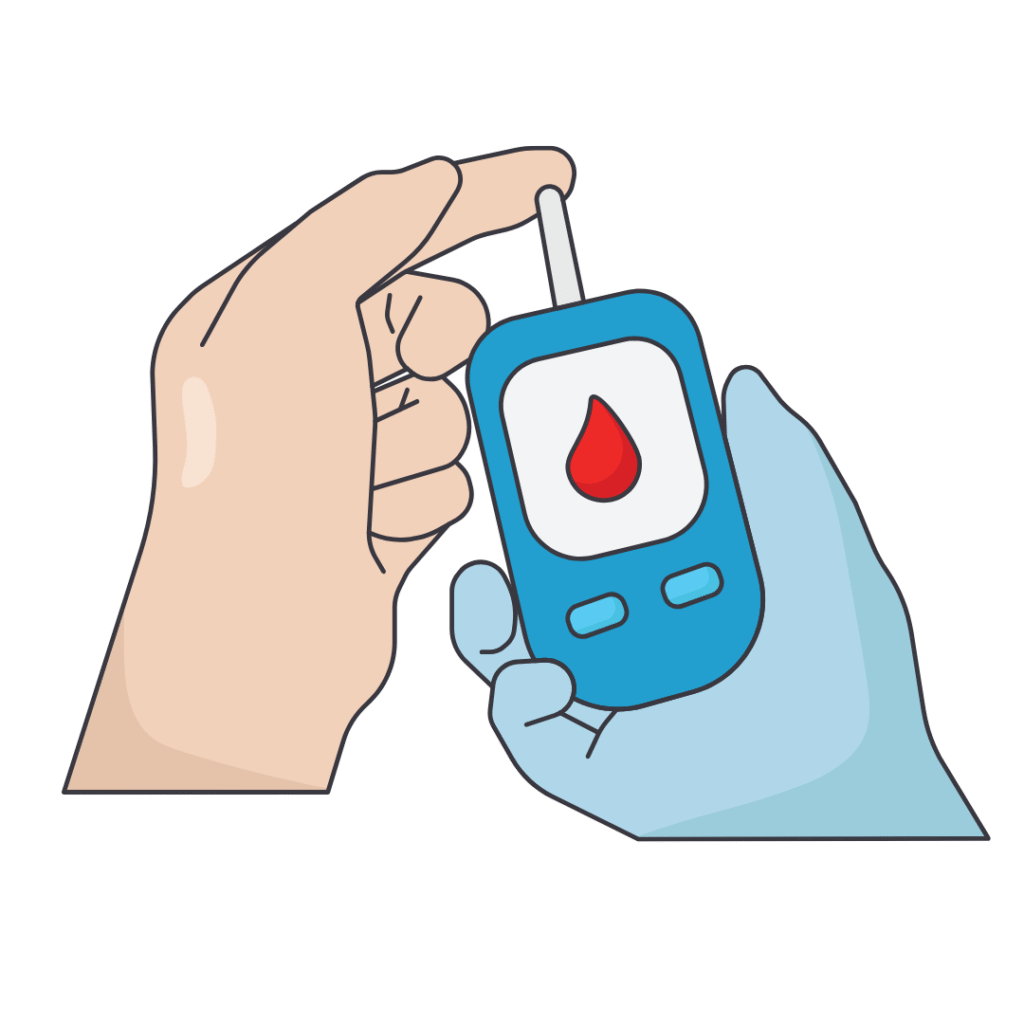
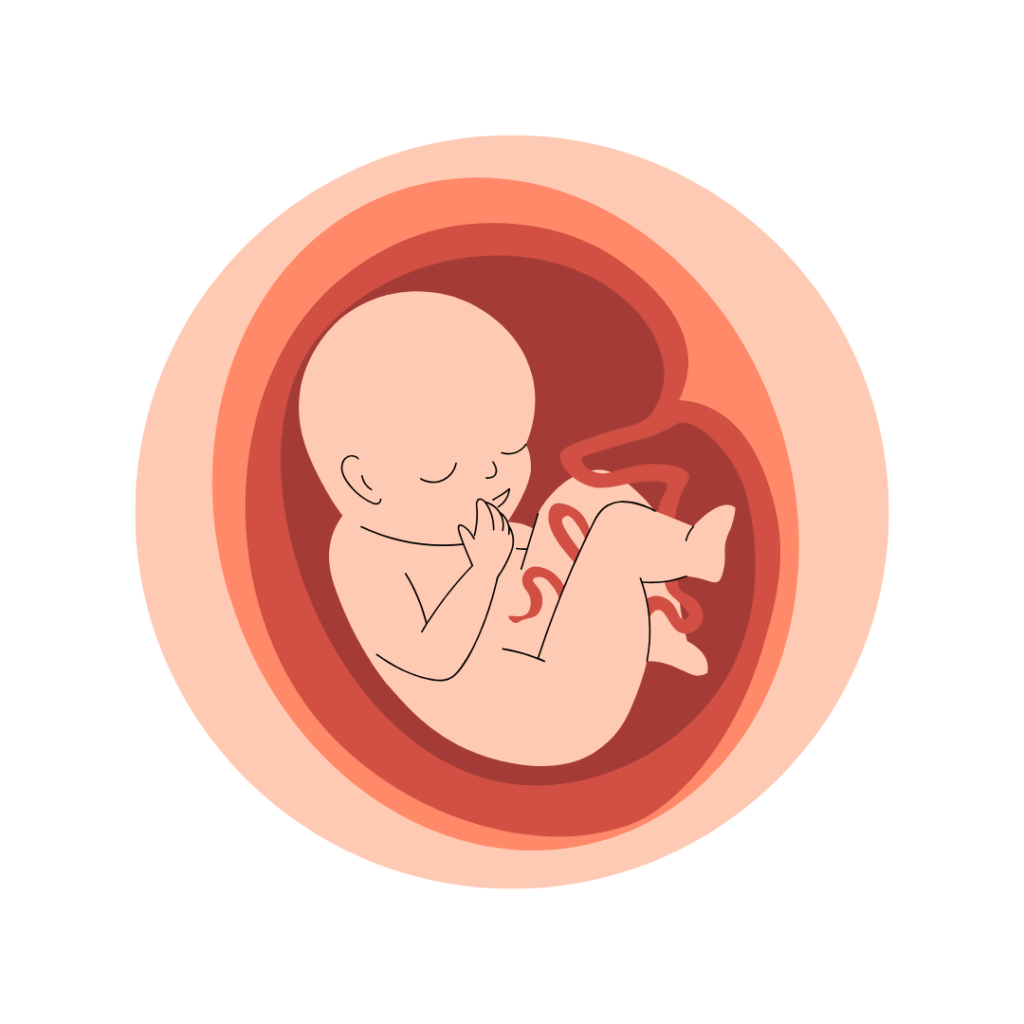
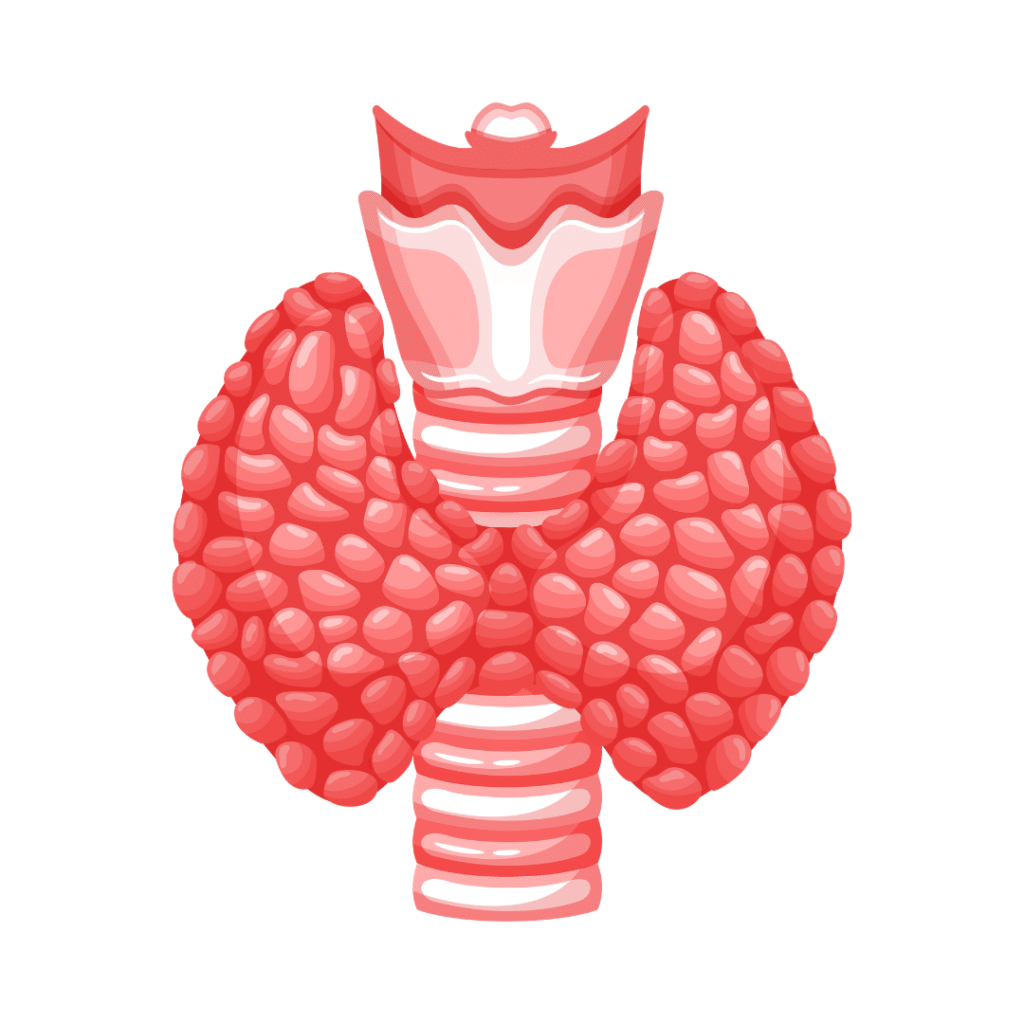
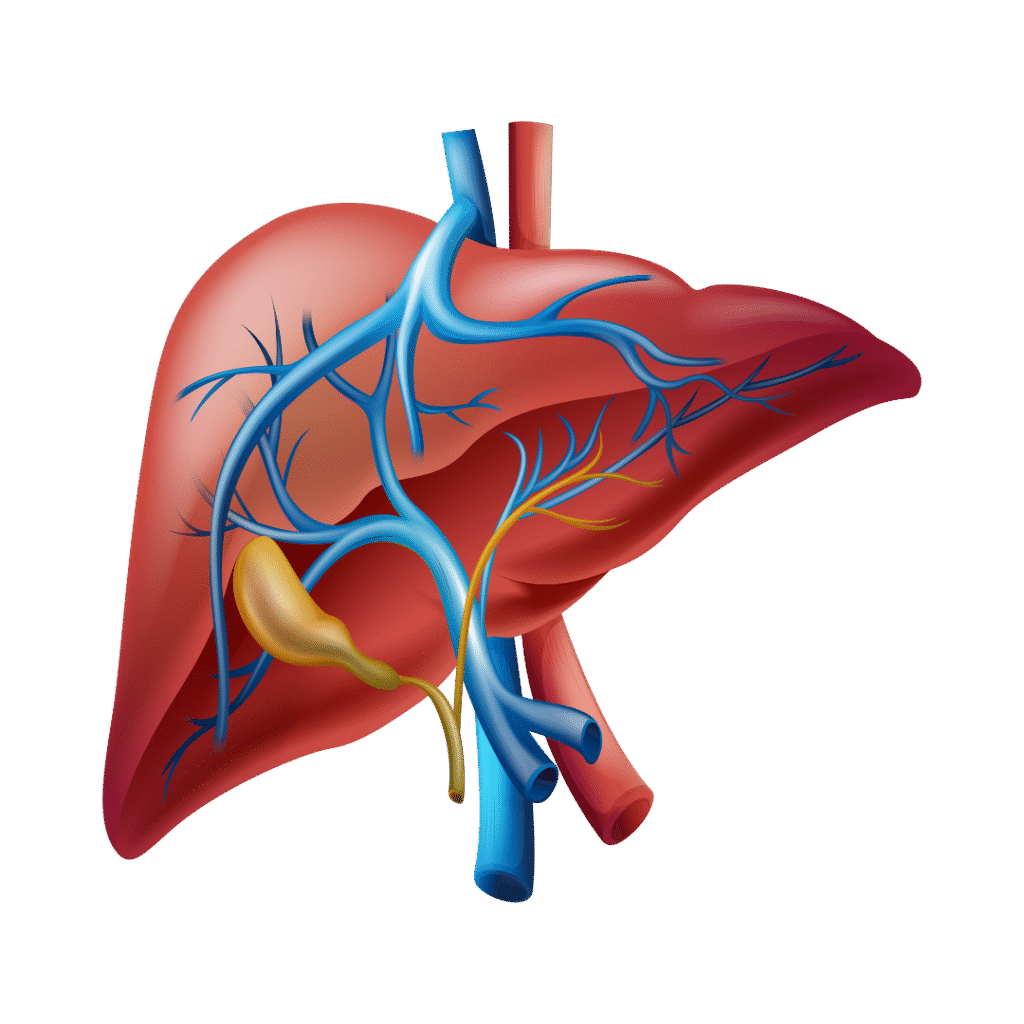
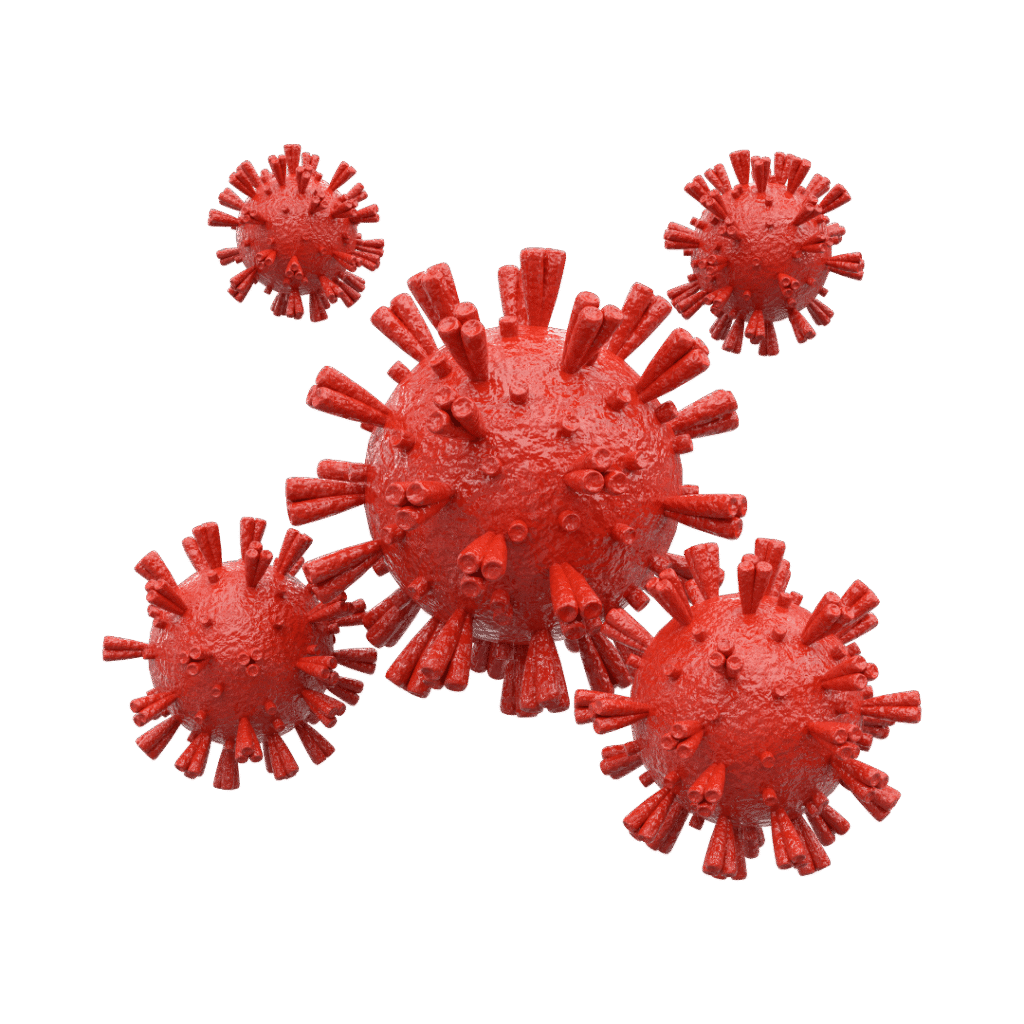
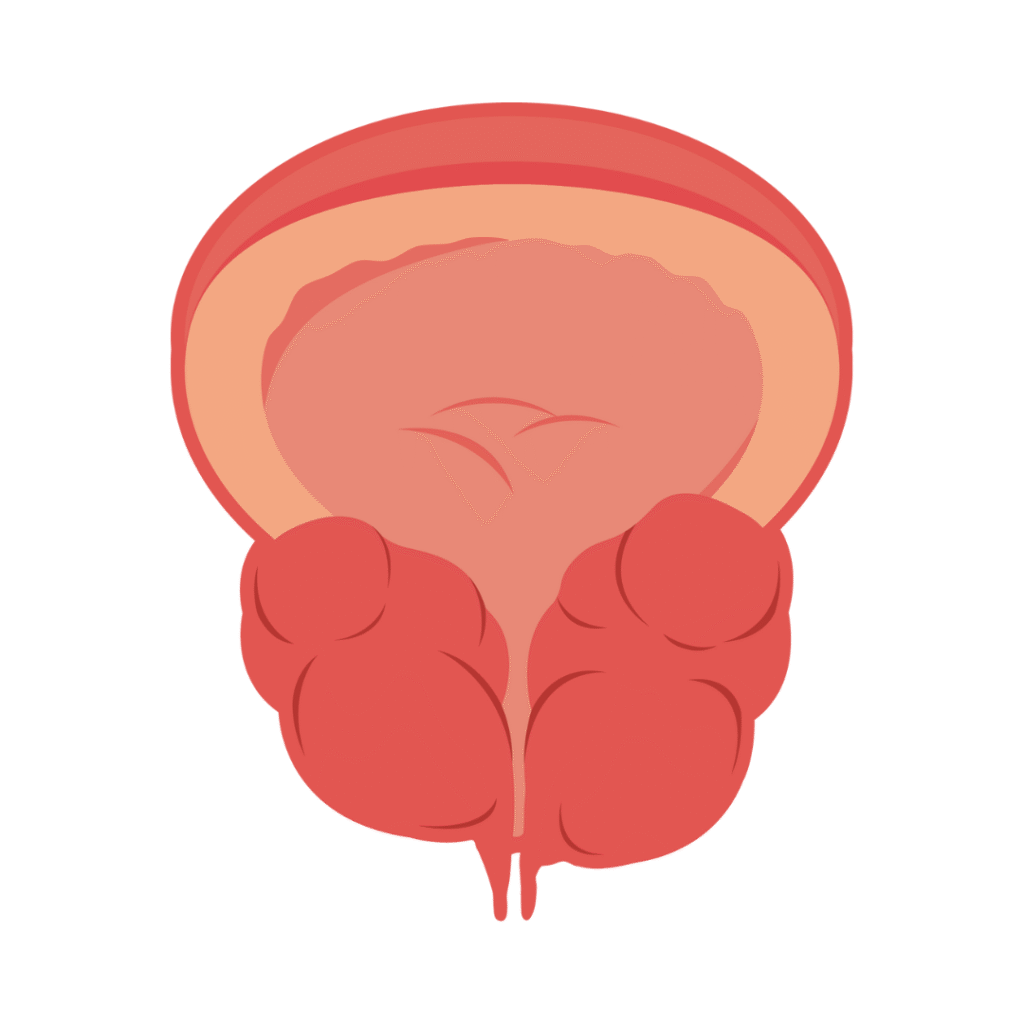
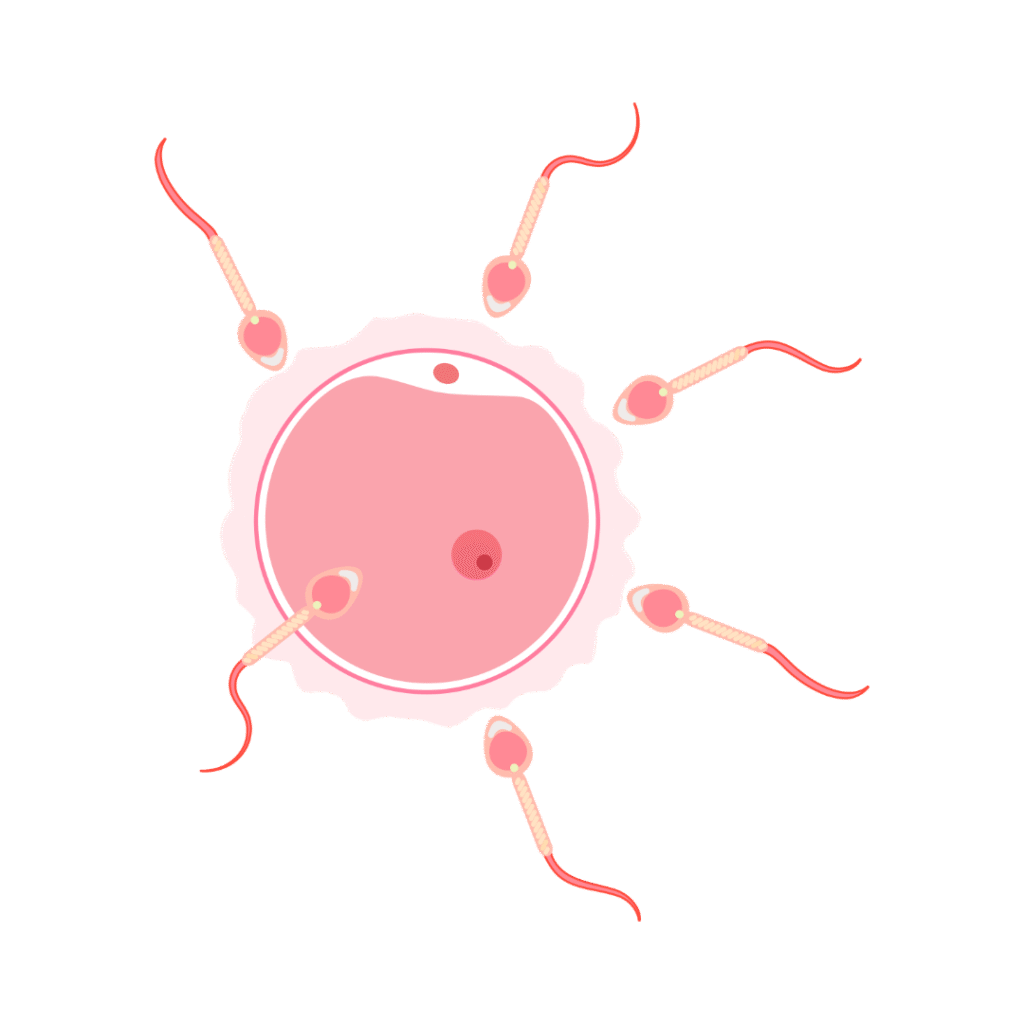
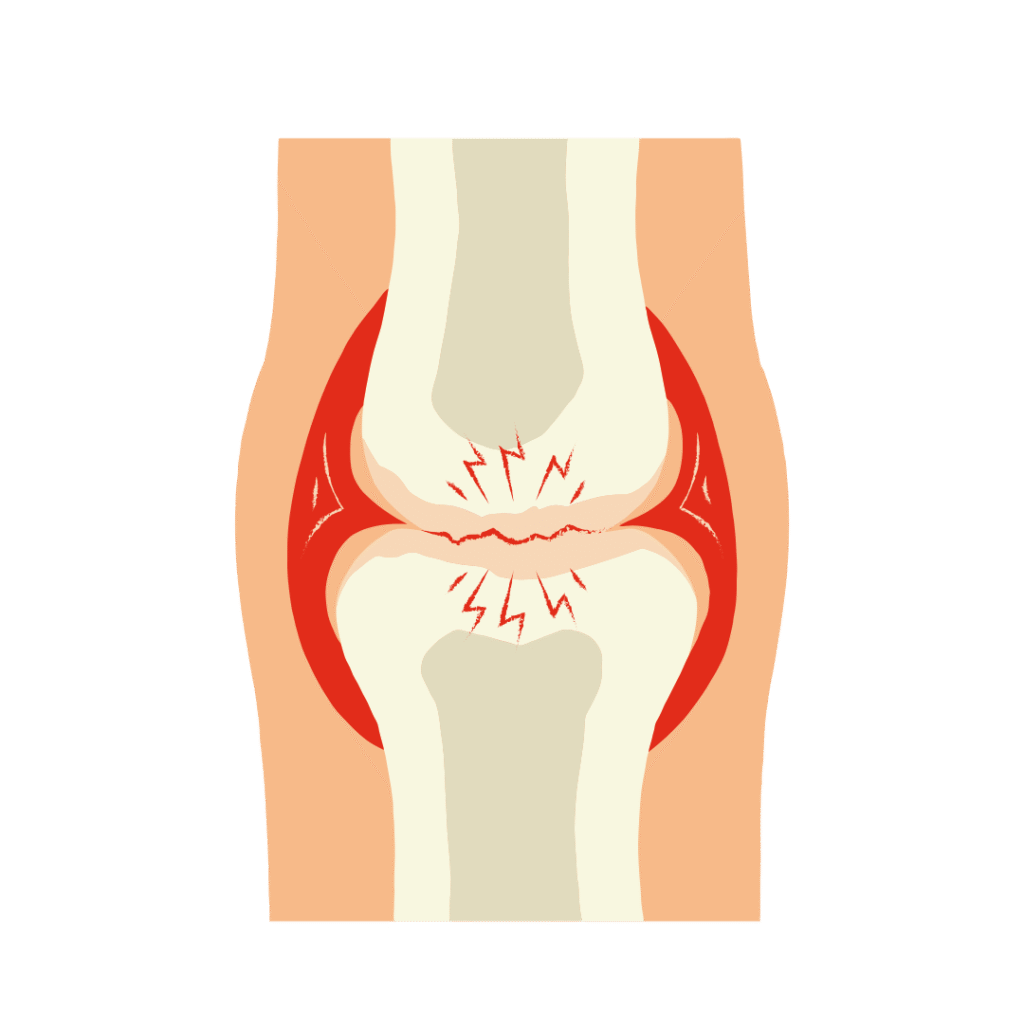
Diabetes
Pregnancy
Thyroid
Liver
Covid
Prostate
Fertility
Bone
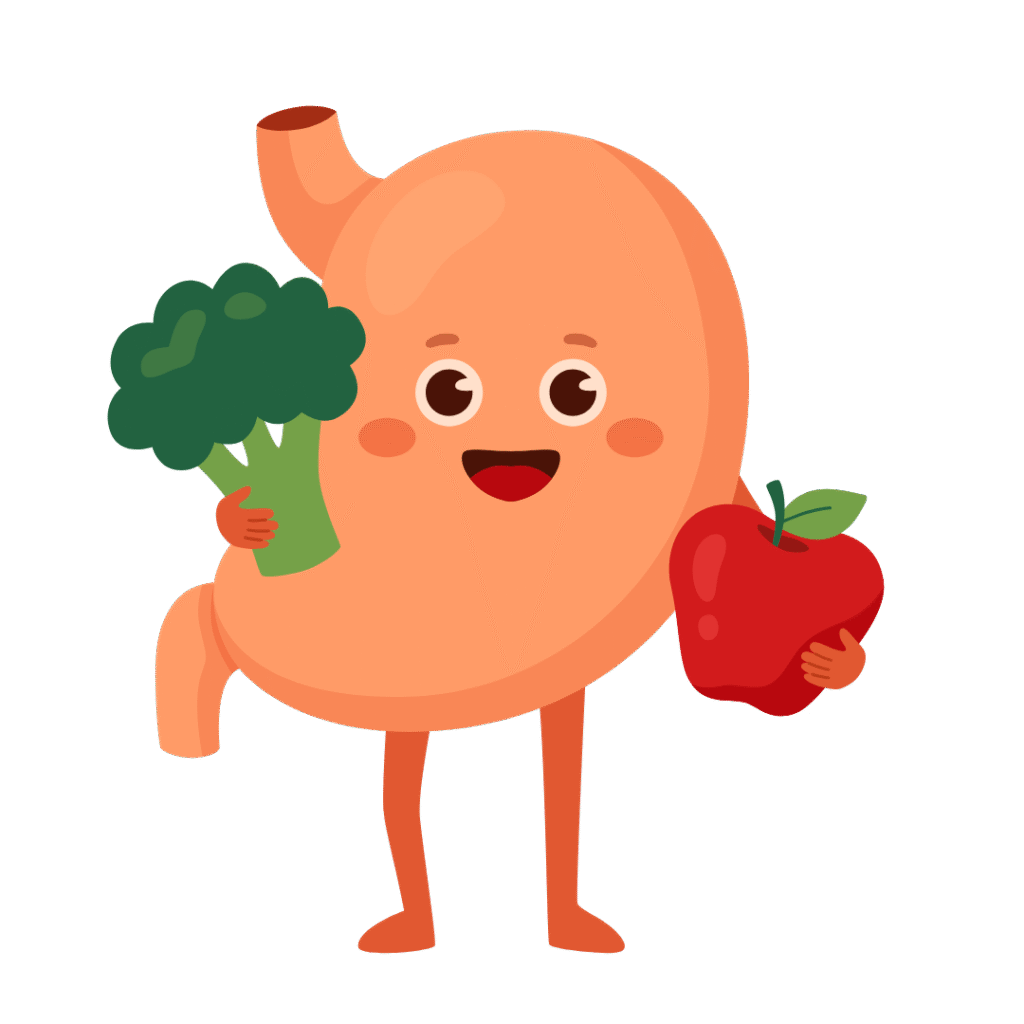
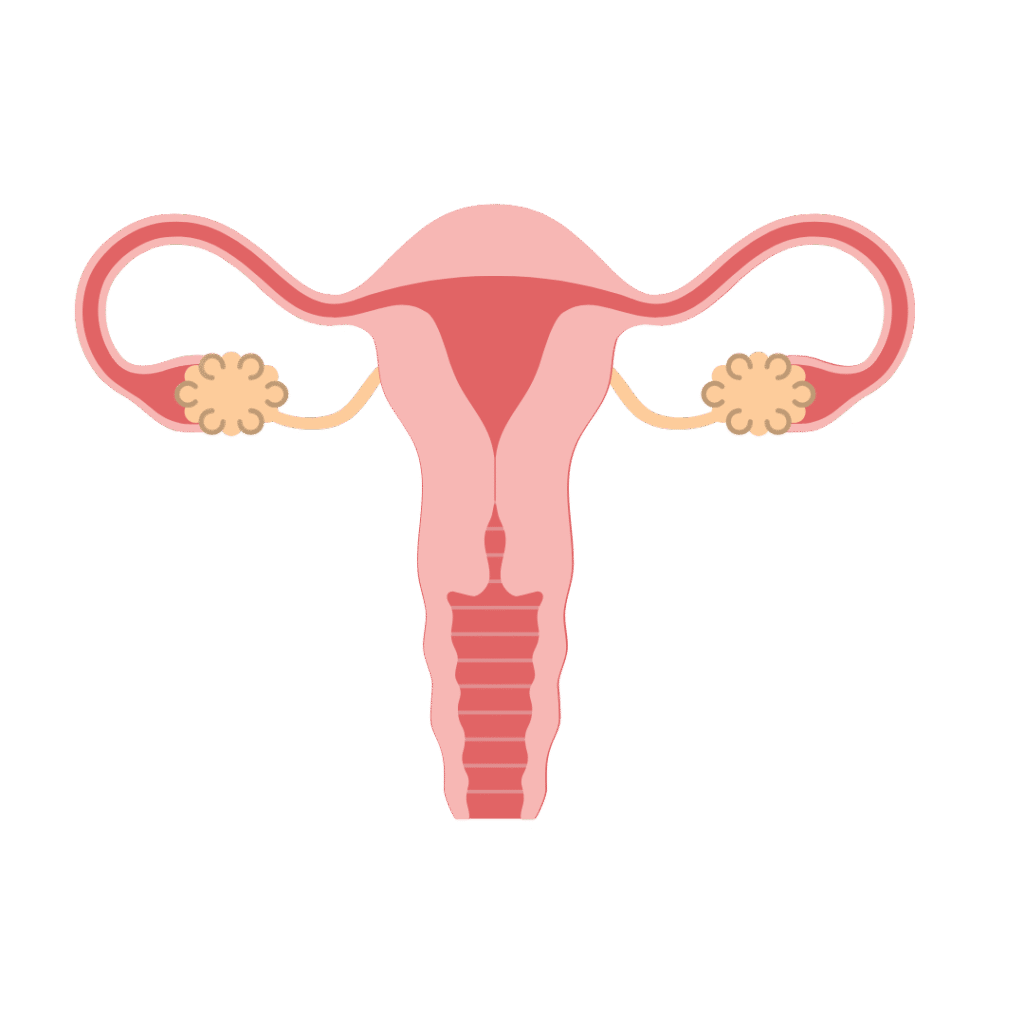
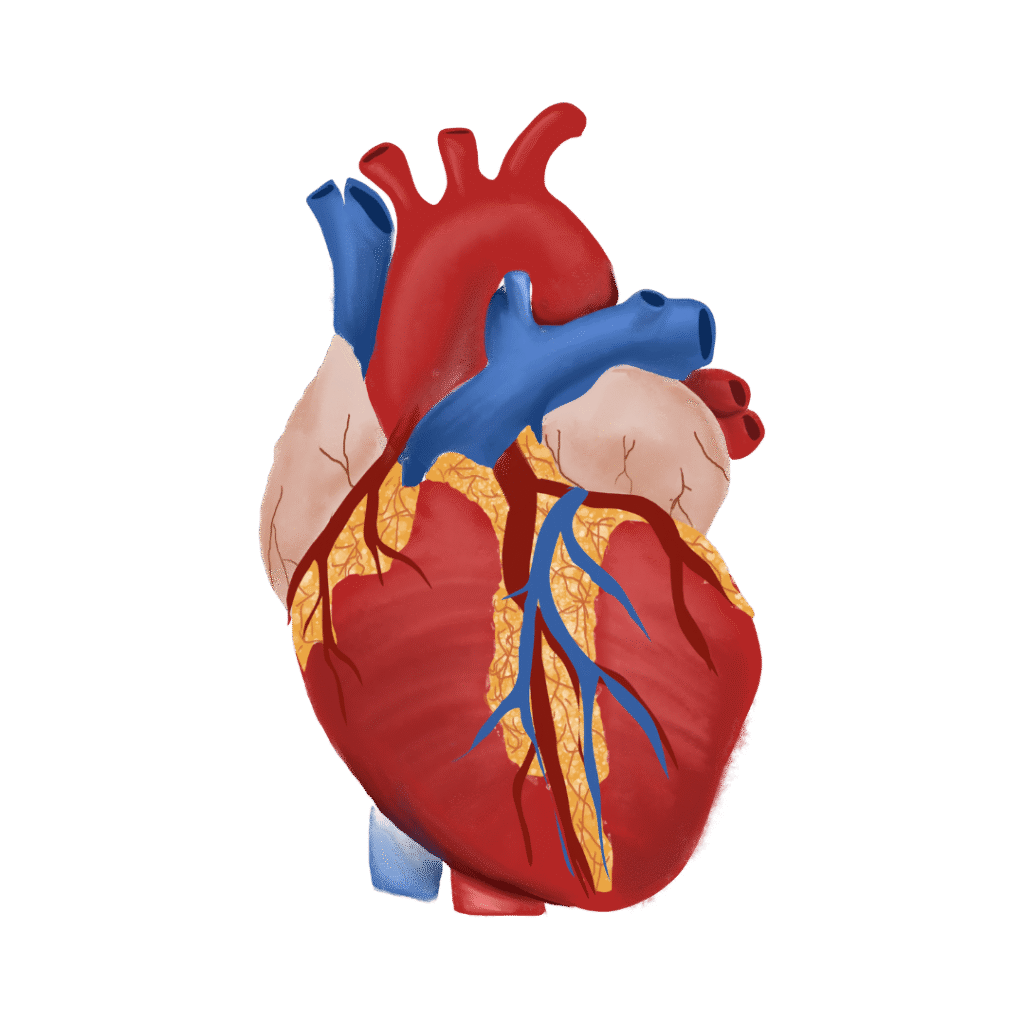
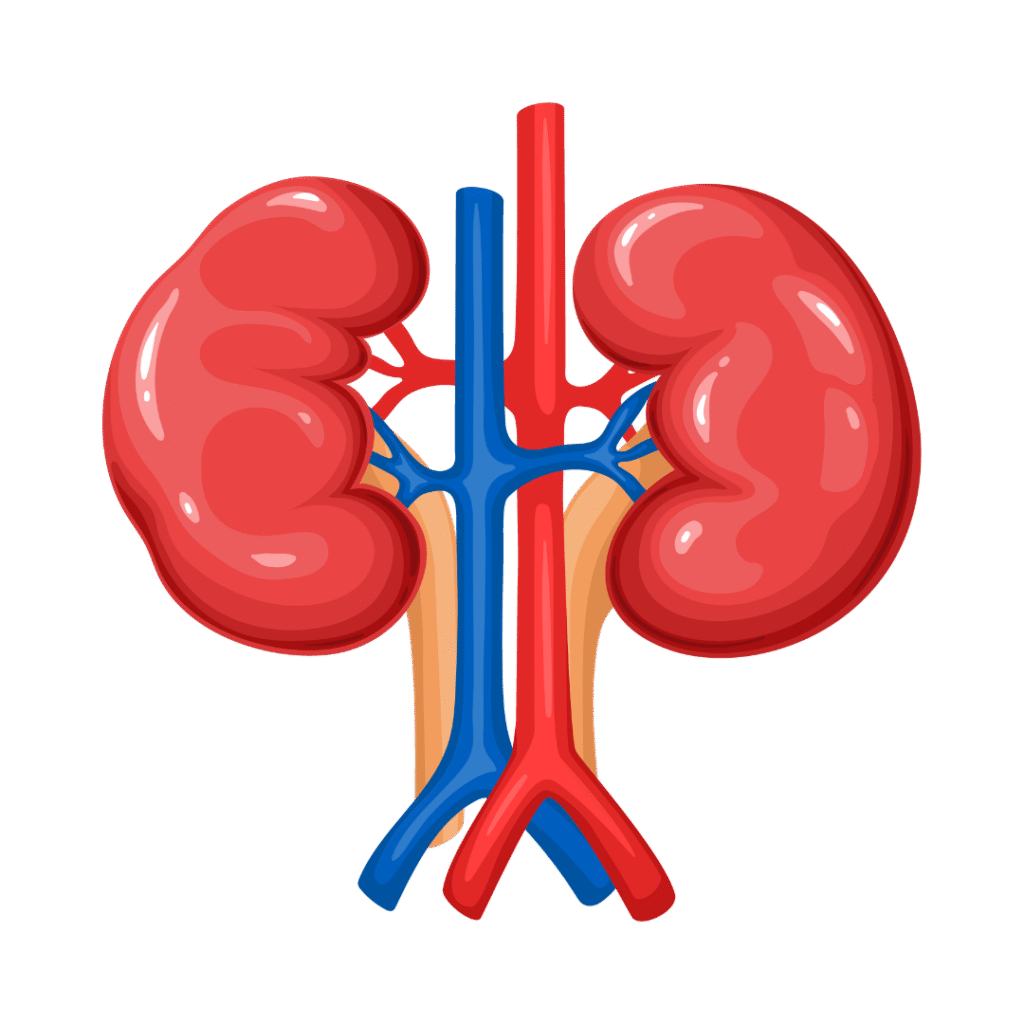
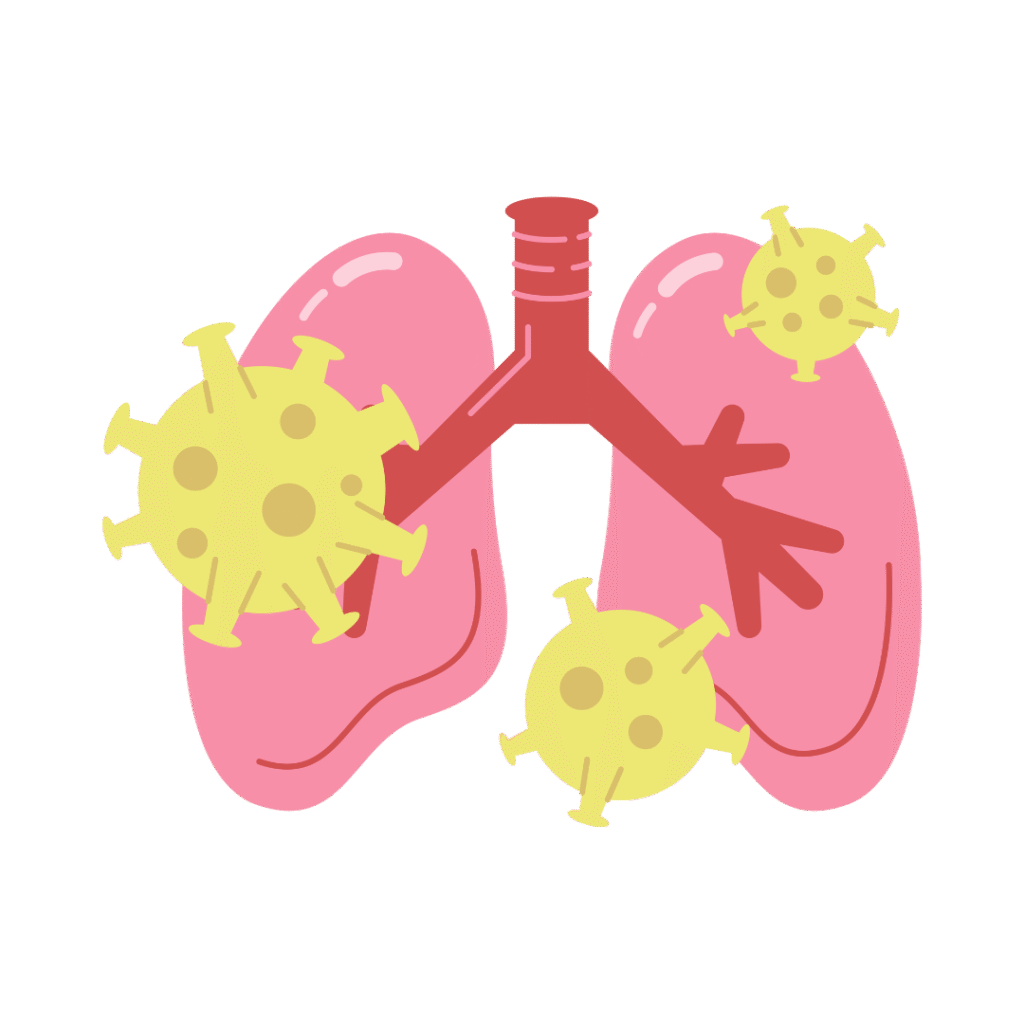
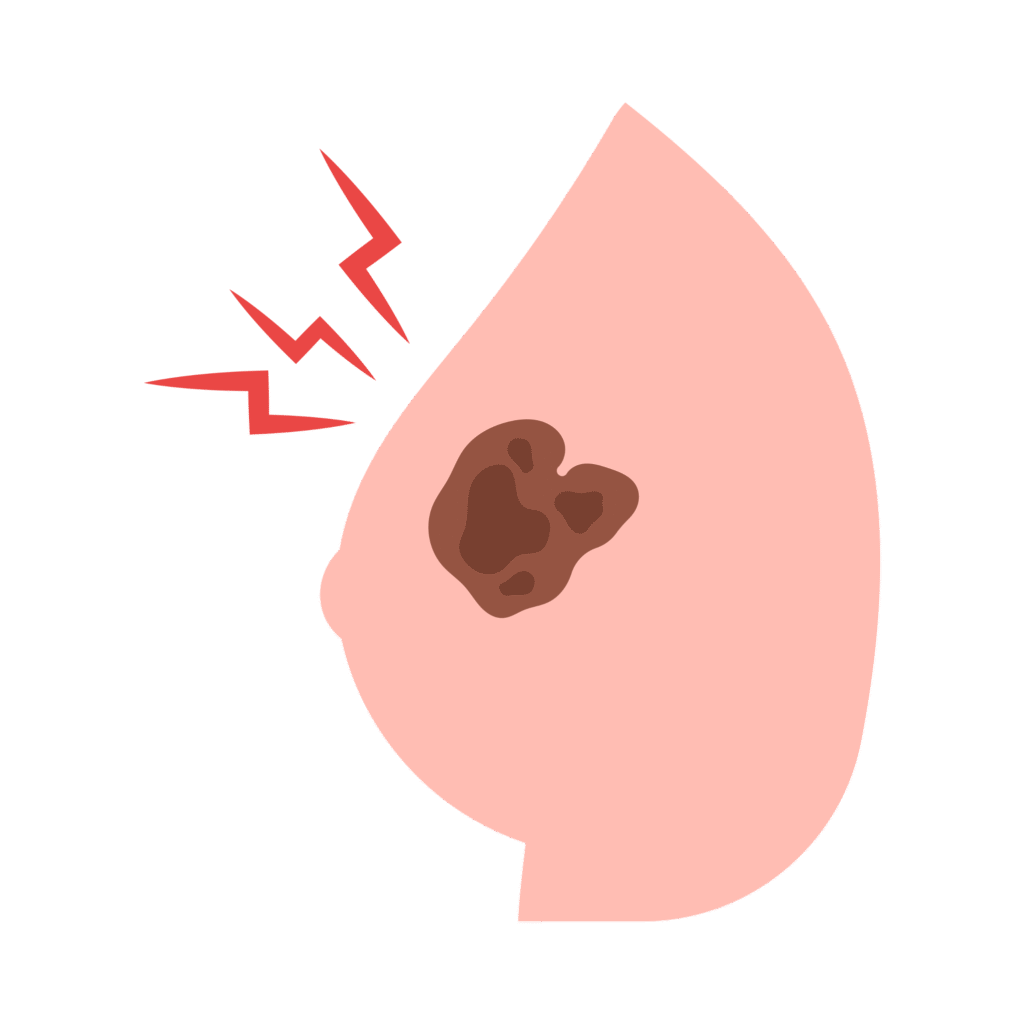
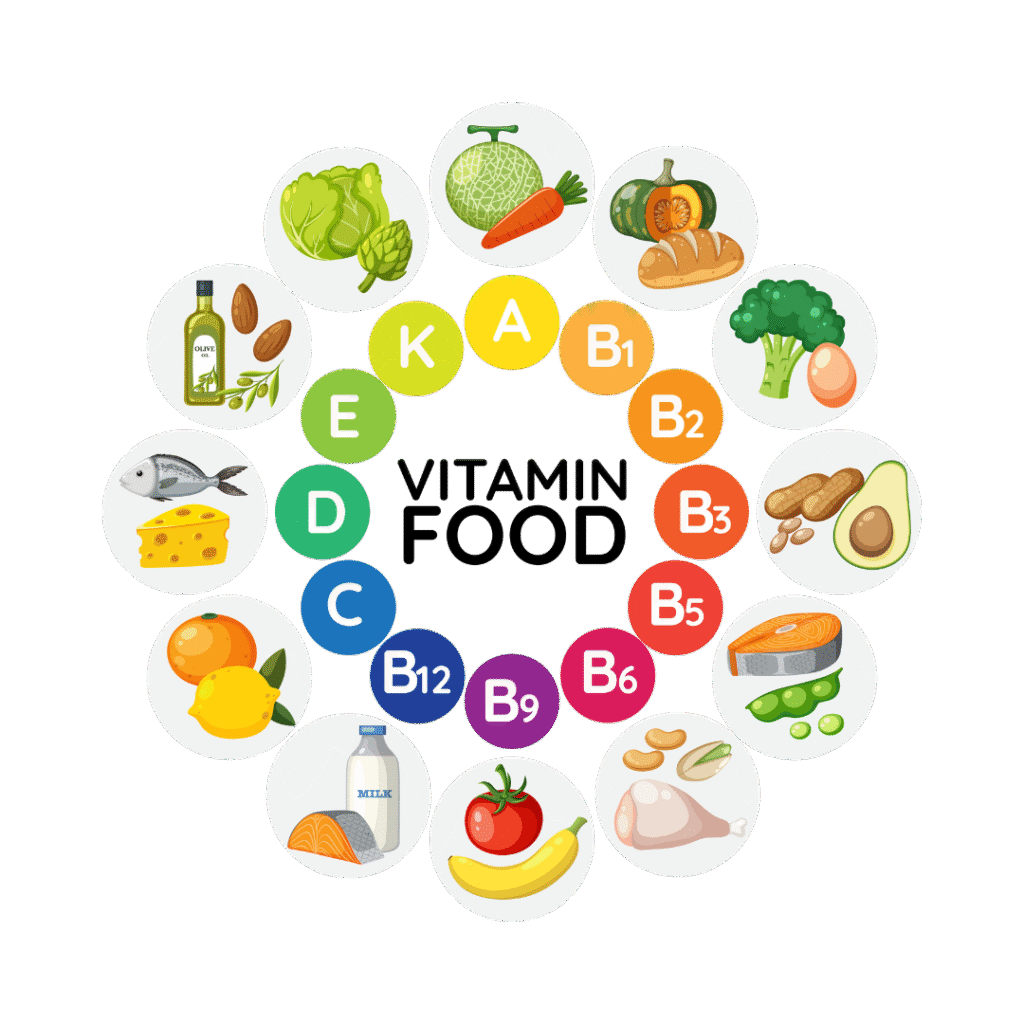
Gastro
Cervix
Heart
Kidney
cancer
breast
Vitamins
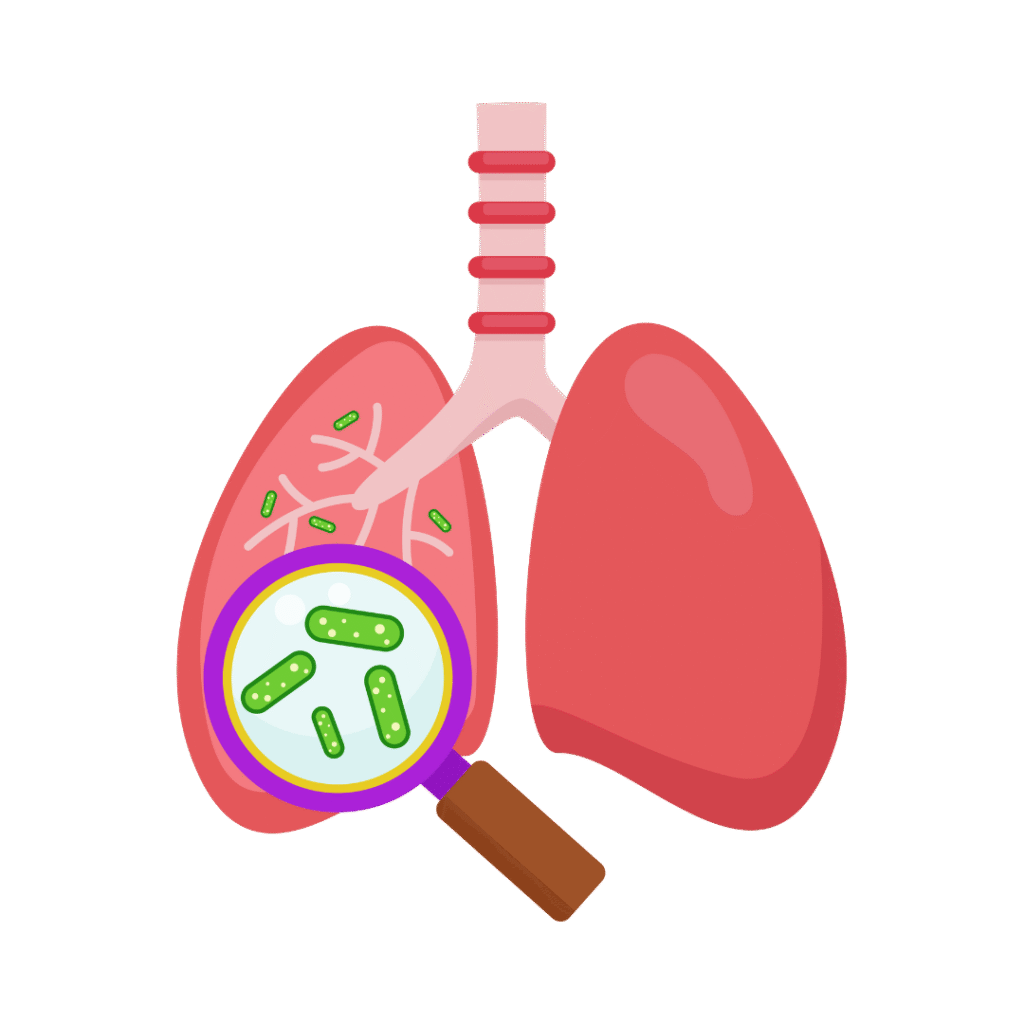
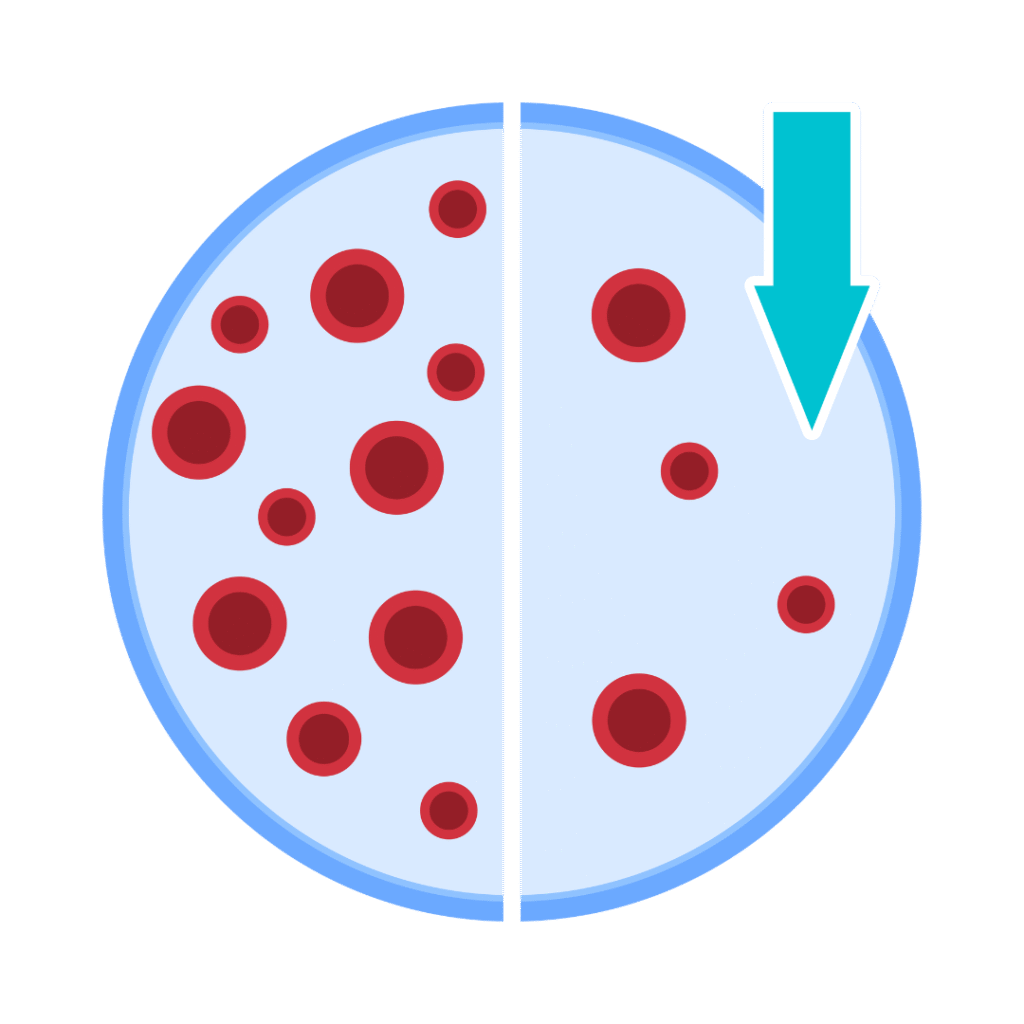
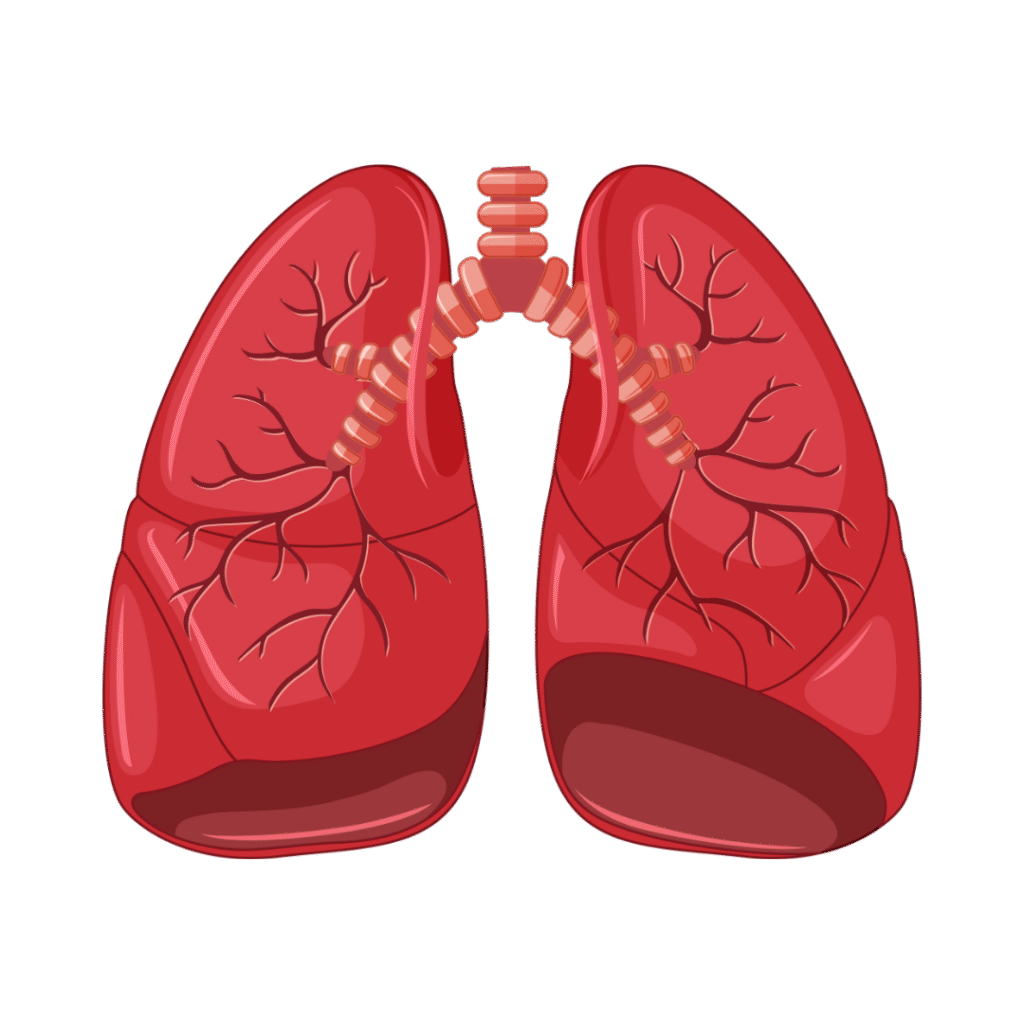
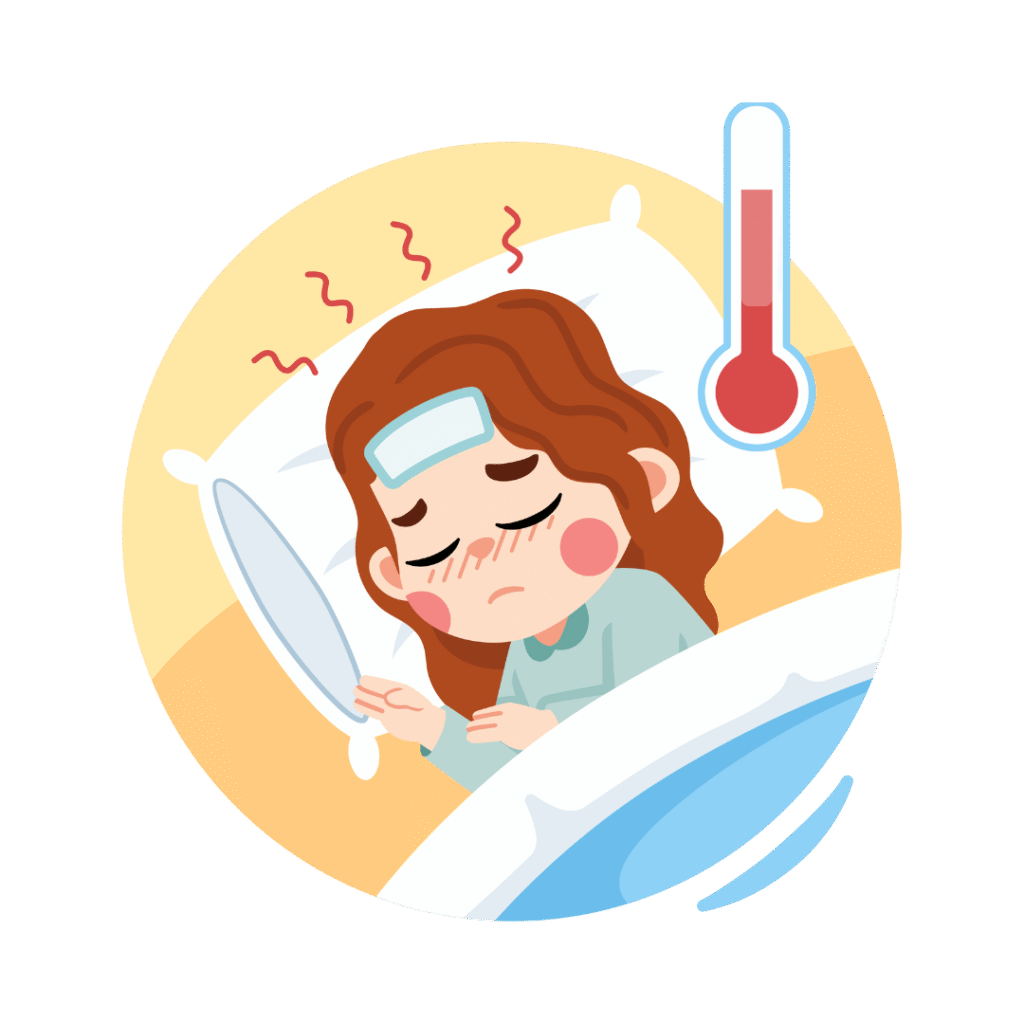
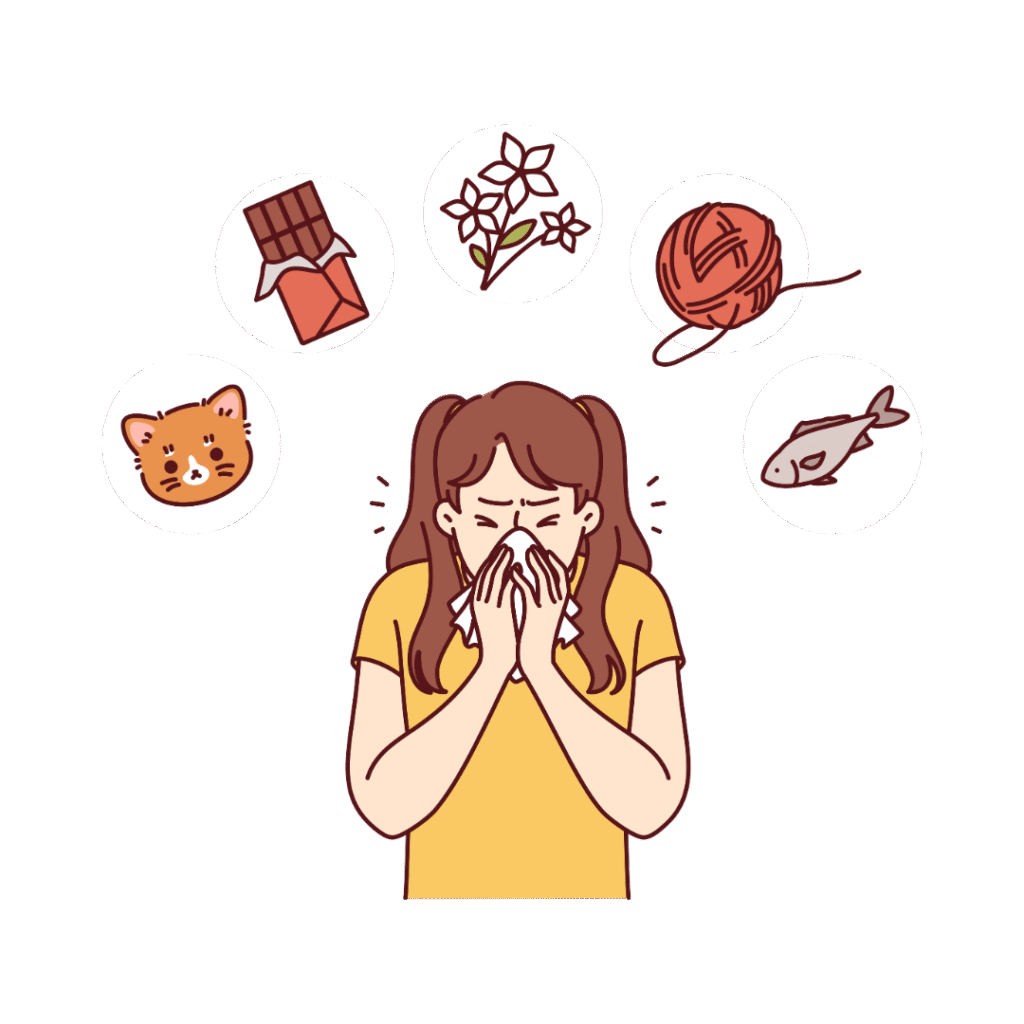
Tuberculosis (TB)
Anemia
Lungs
Fever
Allergy
Frequently Asked Questions
Microbiology is the branch of diagnostics that studies microorganisms (bacteria, viruses, fungi, and parasites) to identify infections and guide effective treatment.
Key tests include:
Urine culture
Blood culture
Stool culture
Throat and wound swabs
Sputum AFB (for tuberculosis)
Viral markers (e.g., Hepatitis, HIV)
COVID-19 RT-PCR / Rapid Antigen Test
When you experience symptoms of infection such as:
Fever
Diarrhea
Cough with phlegm
Burning during urination
Wounds or pus discharge
Your doctor may recommend microbiological tests to identify the cause.
Depending on the test, samples may include:
Urine
Blood
Stool
Sputum
Throat or wound swab
Body fluids
All samples are collected using sterile techniques to avoid contamination.
Rapid tests (e.g., malaria, dengue, COVID-19) – within a few hours
Culture tests – typically take 48–72 hours
Antibiotic sensitivity reports may take a bit longer
This test shows which antibiotics are effective against the bacteria identified in your sample. It helps doctors prescribe the most targeted and effective treatment.
Ideally, no. Taking antibiotics before the test can affect the result, especially in culture-based tests. Inform your doctor and lab if you’ve already started medication.
Yes, we follow strict quality control, use sterile protocols, and our lab is equipped with NABL/ISO-compliant technology to ensure accurate and reliable reports.
Yes, we provide home sample collection for applicable microbiology tests like urine, stool, sputum, and even COVID-19 RT-PCR. Some tests may require an in-lab visit.
Yes, we provide home sample collection for applicable microbiology tests like urine, stool, sputum, and even COVID-19 RT-PCR. Some tests may require an in-lab visit.
